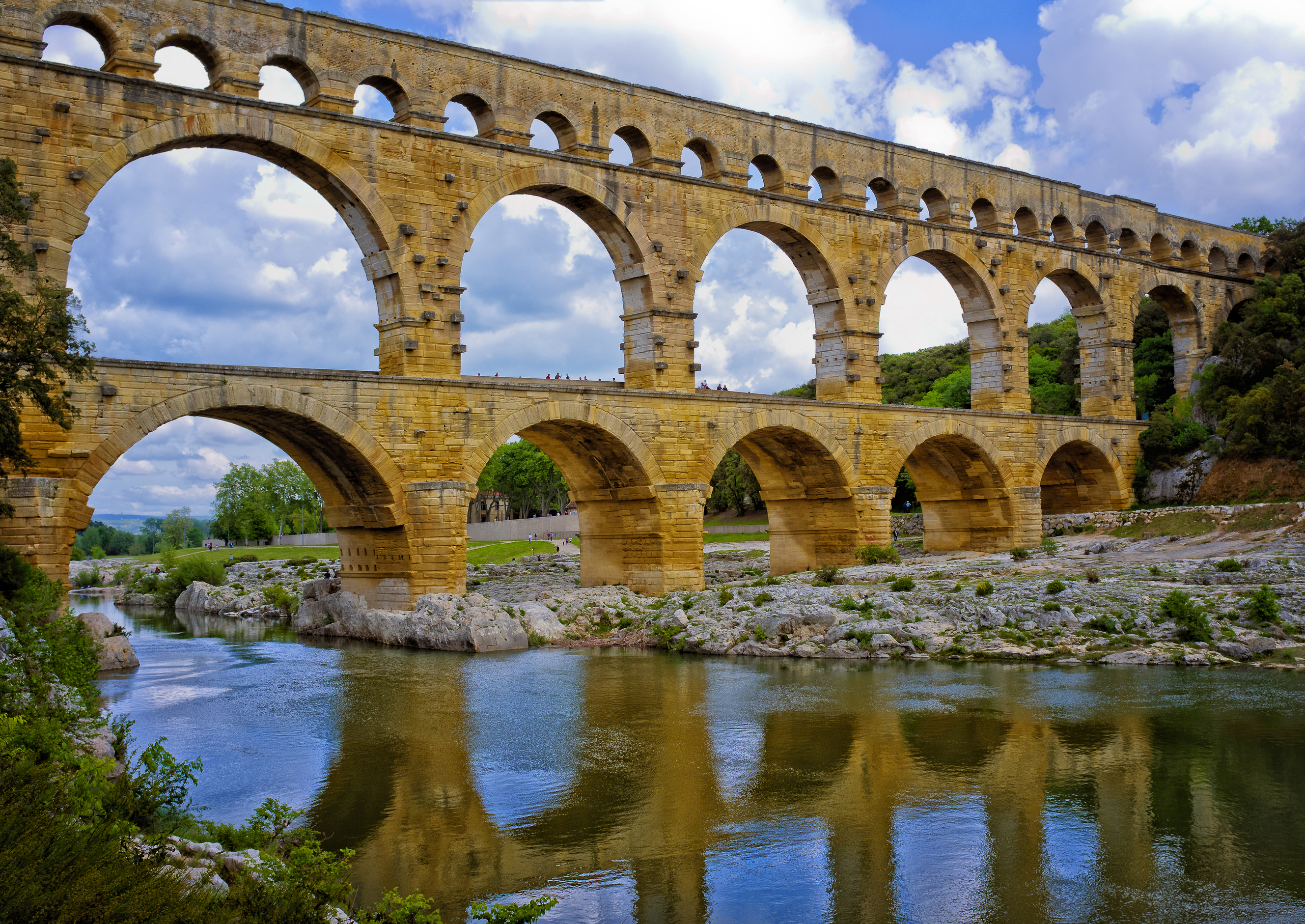Brent Fewell and I had the pleasure of participating in an interesting program on December 16th observing the 39th anniversary of the Safe Drinking Water Act sponsored by our friend, Ben Grumbles and the U.S. Water Alliance. Full disclosure: Brent and I serve on its board.
The featured speaker was professor James Salzman of Duke School of Law and Nicholas Institute’s School of the Environment. Jim is also the author of a great book, Drinking Water: A History (2012) (now available in paperback). I have previously reviewed the book. The review is here.
I recommend this short yet comprehensive volume which covers the social, cultural, political, technical, financial and health aspects of drinking water in an accessible and sound way. Water, it seems, encompasses elements of a commodity, a sacramental, a resource, religion, and mysticism. Economics are a very real part of its capture, treatment, delivery, and disposal or reuse.
The widely differeing views of water are embodied in two different international pronouncement. The Cochabamba Declaration states, categorically, that water can never be commoditized or subject to privatization or even public-private partnerships to finance it. One wonders if the drafters translate the right to water into a complete freebie.
The Dublin Declaration, on the other hand, recognizes the need to price water adequately both for purposes of encouraging stewardship and financing necessary infrastructure without which poor people the world over are left to the tender mercies of water vendors who charge 20-25 times the normal utility rates for water. All of this gets wrapped up in the debate over globalization.
Jim Salzman, citing the Romans, views the debate as often posing false choices. Water is a necessary thing, and people have a right to a basic amount of water for their needs. But beyond that, water needs to be priced accurately. In the Roman empire, there was free water in the public square. But once you desired a connection into your home for baths, fountains, etc, you had to pay for it.
From this I conclude that water utilities need to provide Lifeline rates, subsidies, etc., for poor people. But the rest of us must pay. In sum, water rates that are too low most likely subsidize wealthy people with swimming pools, big lawns, sprinkler systems, etc. Read the book and see what you think.

